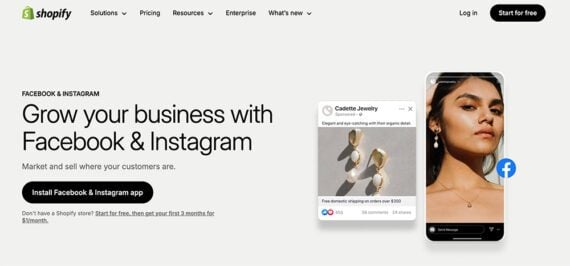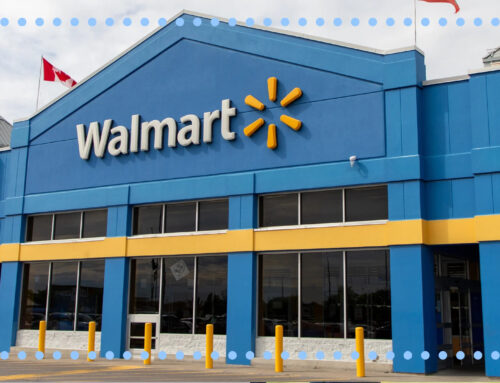Meta Ads Pixel Tracking, Explained
October 12, 2025
The Meta Pixel is a snippet of JavaScript with powerful implications for advertising performance.
Ecommerce operators are typically experts in their products or industry, but not in advertising. I’ve seen conversion campaigns, for instance, with poor performance because the Meta Pixel was firing on the wrong event.
One merchant went from a 0.3% conversion rate to 27.0% with the correct setup. The difference was not the ad creative, audience targeting, or page layout. It was pixel event tracking.
Pixel Mechanics
The Meta Pixel connects a website and the Meta Ads platform. The process goes like this:
- A Facebook or Instagram user clicks on an advertisement.
- The pixel associates the ad click with the website visit.
- When the visitor completes an action (e.g., a purchase, abandoned cart, page view), the pixel reports back to Meta Ads.
- Meta learns from that data who is most likely to buy.
- Meta Ads targets those prospects.
Put another way, the pixel tracks the first purchase, and Meta Ads uses that data to optimize who then sees the ads and the headlines, descriptions, and images.
With each cycle of action and learning, Meta Ads gets better at finding customers for the store.
Better Than Billboards
Imagine a billboard on a busy highway. Thousands of cars pass by each day. But an advertiser on that billboard can only guess or estimate how many folks see or think about the message.
The business does not know:
- The number of drivers or passengers who looked at it,
- The billboard’s impact on sales,
- The most effective part of the billboard (image or text).
Certainly a unique message on the billboard can facilitate tracking, but not with the clarity of a pixel.
Shopify
Shopify offers a plugin for Meta Ads. It also works with Facebook and Instagram Shops.
The plugin uses two methods to connect a Shopify store to Meta Ads. (It also works with Facebook and Instagram Shops.) First is the Meta Pixel. Second is Meta’s Conversion API. Both share similar events from Shopify to Meta, including:
- PageView,
- ViewContent,
- Search,
- AddToCart,
- InitiateCheckout,
- AddPaymentInfo,
- Purchase.
The pixel sends the data collected in visitors’ web browsers. The API captures events from Shopify directly. Together, the pair answers questions that a billboard could not, such as:
- What is working (measurement)? For example, 1,000 consumers saw an ad, 50 clicked it, and five made a purchase, resulting in a specific return on ad spend.
- Who to target next (optimization)? Meta’s algorithm analyzes the five folks who purchased and then automatically shows the ad to millions of others with similar characteristics and behaviors, dramatically increasing ad efficiency.
- How to improve (insight)? Meta Ads constantly refines targeting and creative combinations based on actual sales, not intuition.
Privacy
A pixel’s potency stems from tracking consumers. Meta (Facebook) has long been a source of privacy concerns, since the company collects loads of personally identifiable information across devices.
When it adds a pixel to its web store, an advertiser essentially invites Meta to track visitors’ on-site behavior — the ads they click, the pages they view, the products they add to the cart, and what they buy.
All of that data goes to Meta’s advertising network, which combines it with information from other sites, apps, and internal portals such as Facebook and Instagram.
The result is remarkably better ad performance, coupled with the need for heightened awareness by advertisers.
Understanding both ad performance and privacy implications allows merchants to make informed decisions, using data wisely without losing the trust of the customers who make businesses possible.
Search
RECENT PRESS RELEASES
Related Post





